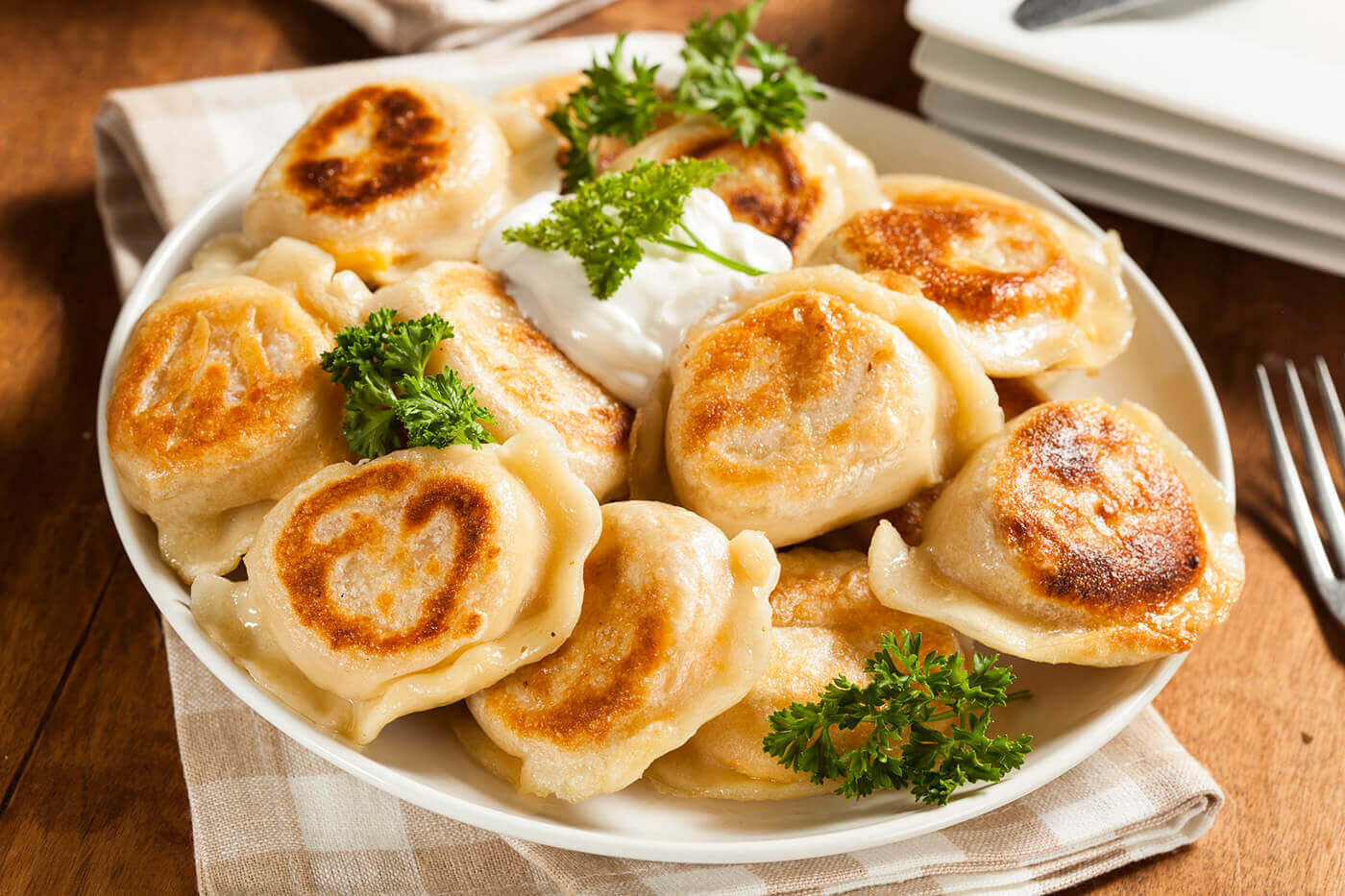Practice Preparing Pierogies

If you’re a fan of food, October is a great month for celebrating all things tasty and delicious. Not only does Halloween cap off the month, but the preceding 30 days are all dedicated to treats like cookies (Oct. 1), fried scallops (Oct. 2), gumbo (Oct. 12), pasta (Oct. 17) and bologna (Oct. 24). Another dish that’ll get a day in the sun – Oct. 8 to be precise – are pierogies, or traditional dumplings that originally hail from Eastern Europe.
Want to join in on the fun and celebrate all things related to these Polish staples? Here is everything you need to know about preparing proper pierogies:
Get your fillings
There are very few rules when it comes to crafting pierogies. As such, you can pretty much fill yours with almost anything. Some of the more traditional options include:
- Cottage cheese
- Strawberries and Greek yogurt
- Potatoes
- Meat and cabbage
- Soy beans
- Sauerkraut
However, always feel free to experiment with whatever fillings you prefer. The only definitive rule of pierogies is how much filling you use – To much, and the pierogi will break apart. On the other hand, not enough filling can ultimately affect the final taste.
Do the dough
Fillings are tasty, but the dough of your pierogi is important for a number of different reasons. Not only does it only hold the filling in place, but the dough is where much of the flavor comes from and helps to compliment the actual meat, potatoes, cheese, etc. In most traditional recipes, the dough is made with shortening, which is perfect for creating the proper texture and ensuring the proper bonds between fat molecules. Fine Cooking, meanwhile, suggested using sour cream, which makes for dough that is more supple and much easier to fold and manipulate. Regardless of your choice, always take the time to knead the dough properly. That means using gentle motions to roll it into a ball and then spread it apart with your fingers. Once it’s been properly kneaded – the dough should become flexible – let it rest for 20 minutes so the proper protein bonds can settle.
Cooking time
According to Polska Foods, there are a few different ways to cook your pierogies. Though these approaches all come down to personal preference, but there are a few things to keep in mind regardless of your chosen method. For one, consider sautéing the pierogies in butter beforehand, which will help to play up the flavors of the dough and meet or cheese interior. Next, always use peanut or vegetable oil for any of the methods, as these are a great way to control temperature and further enhance certain flavors.
The pierogi-cooking methods include:
- Boiling: One of the more basic and direct options, boiling usually results in soft, deeply textured pierogies. If they begin too flat, though, that means the pierogies simply need more time.
- Sautéing: Often this method is preferred because you can add onions and garlic, both of which introduce new flavors to the pierogi dough.
- Breading: In Polish traditions, breading is preferred because it results in extra crispy pierogies. Most meat and cabbage pierogies will come breaded.
- Steaming: This is one of the healthier ways to cook your pierogies. Like sautéing, you can also add in leeks and garlic as well.
You’ll learn even more about pierogies when you take online cooking courses.


